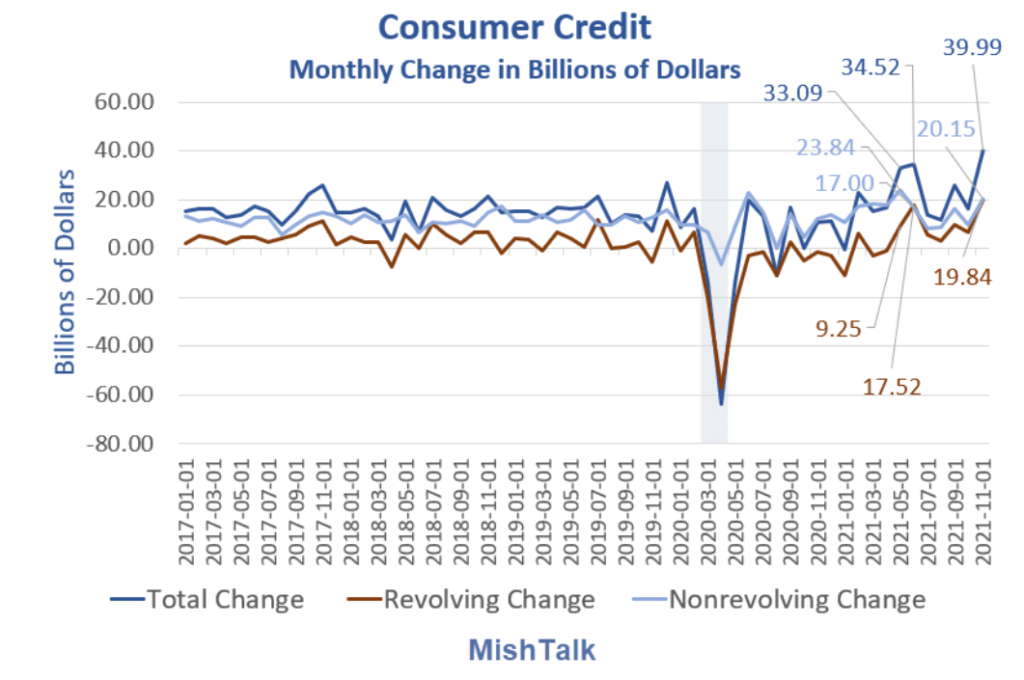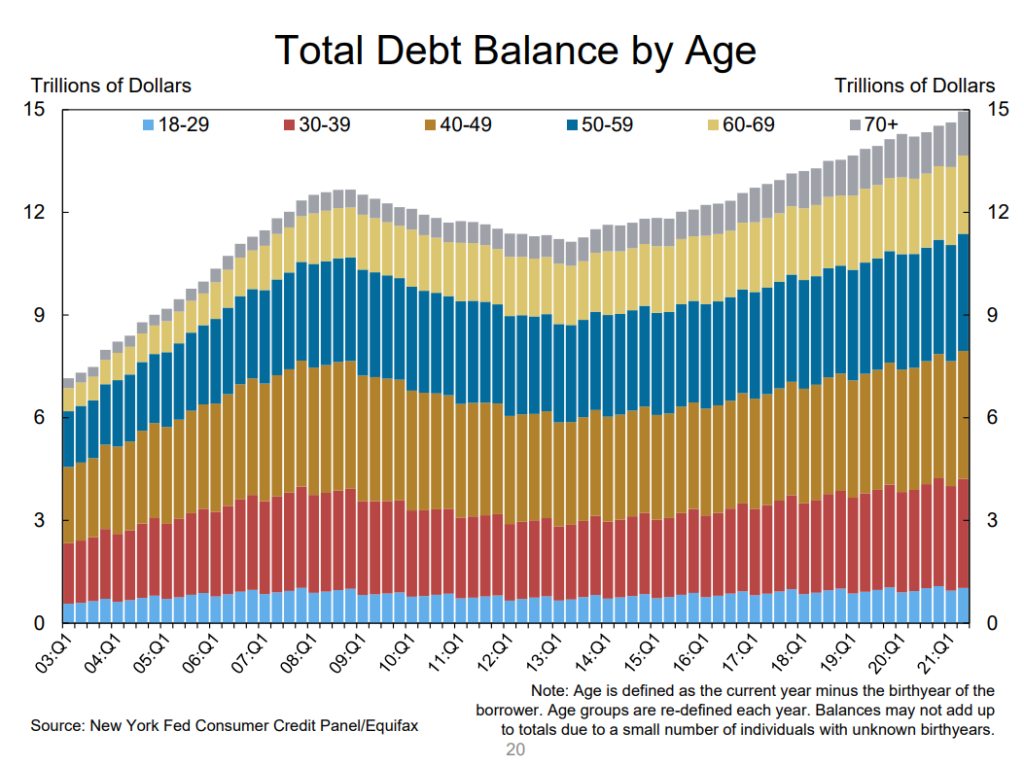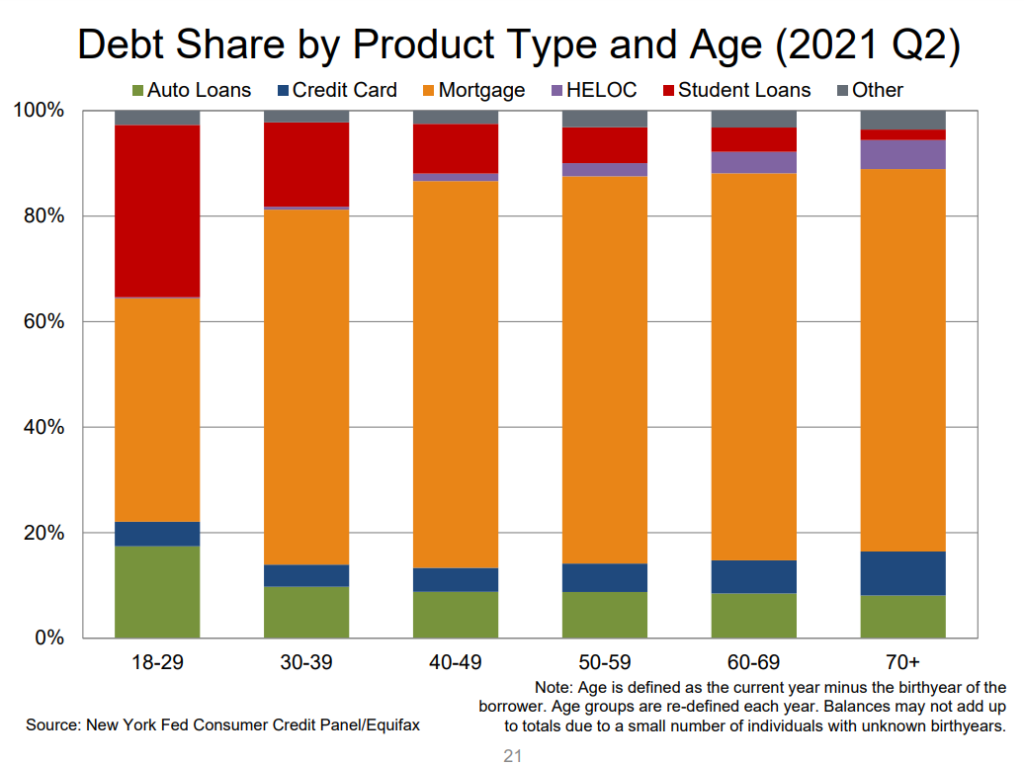Link:https://www.theepochtimes.com/new-jersey-taxpayers-on-the-hook-for-massive-debt-report_4139948.html
Excerpt:
New Jersey has amassed a huge, and possibly dangerous, level of debt, according to a new report that reviews the financial health of state governments across the country.
Each Garden State taxpayer owes tens of thousands of dollars and the state is a tax “sinkhole,” according to the nonprofit organization Truth in Accounting (TIA), because state lawmakers of both parties have overspent and used accounting “gimmicks” for decades. The organization defines “sinkholes” as states that lack the necessary funds to pay their bills.
….
The S&P report also gives New Jersey a low grade on debt practices.
“On our scale of ‘1.0’ to ‘4.0’, where ‘1.0’ is the strongest score and ‘4.0’ the weakest, we have assigned a composite score of ‘3.7’ to New Jersey’s debt and liability profile,” according to S&P.
Moody’s, in its July 14 report, gave New Jersey an A3 rating on its general obligation (GO) bonds, a low rating. But it praised recent efforts by Murphy to solve the problems of long-term debt.
….
Fitch Ratings, in its April 13 report, gives New Jersey an A- grade. It said its rating reflects New Jersey’s “adequate financial resilience.” But it also said that its condition isn’t as good as that of most states, and stirs up some troublesome ghosts.
Author(s): Gregory Bresiger
Publication Date: 8 Dec 2021
Publication Site: Epoch Times








